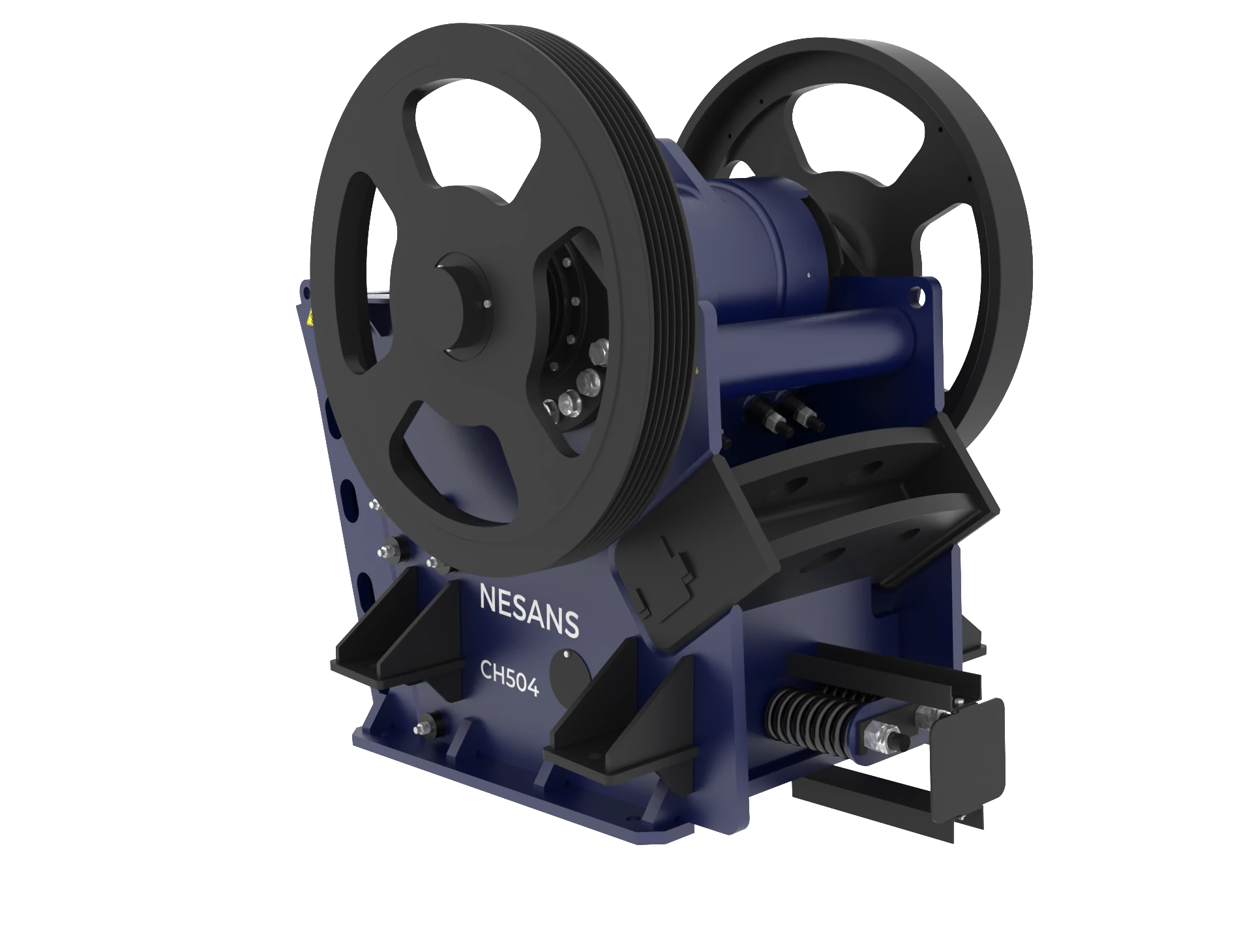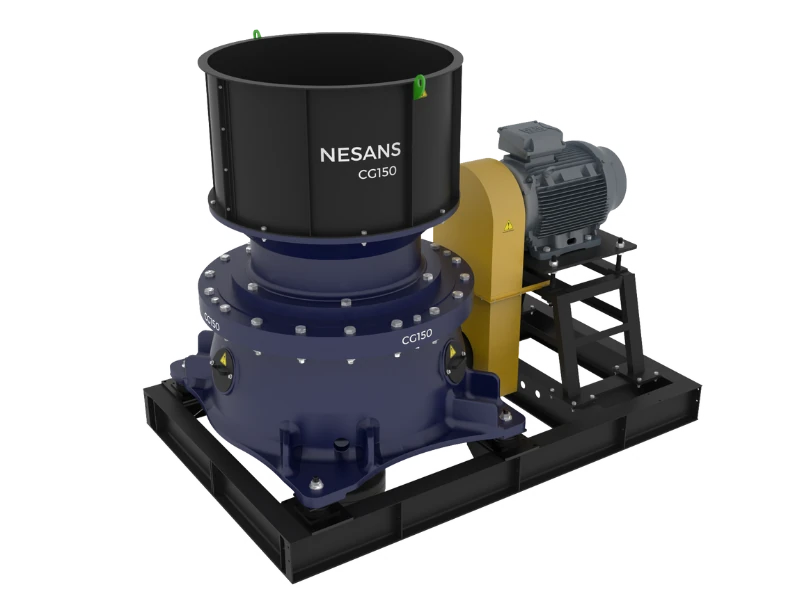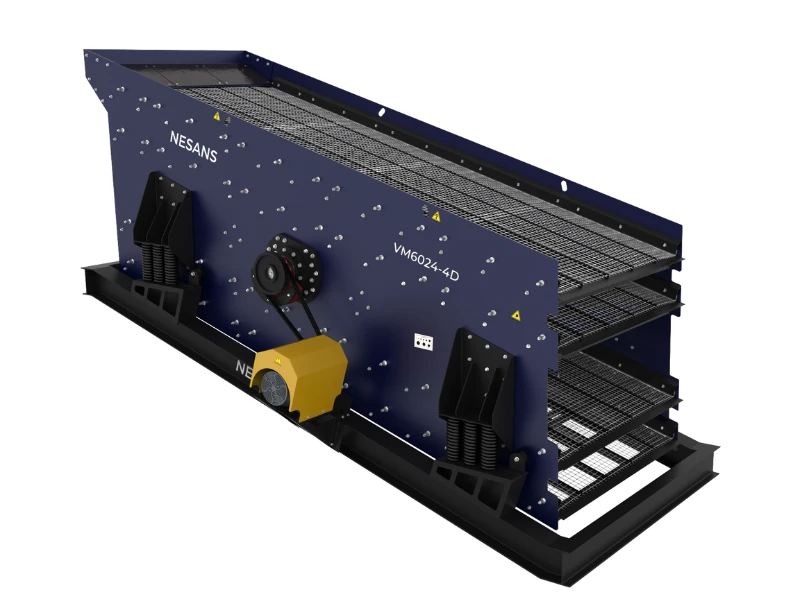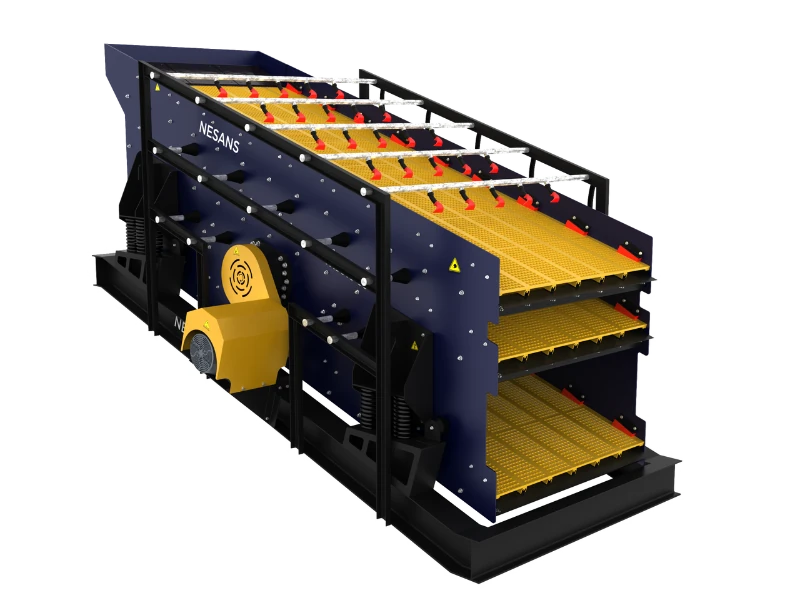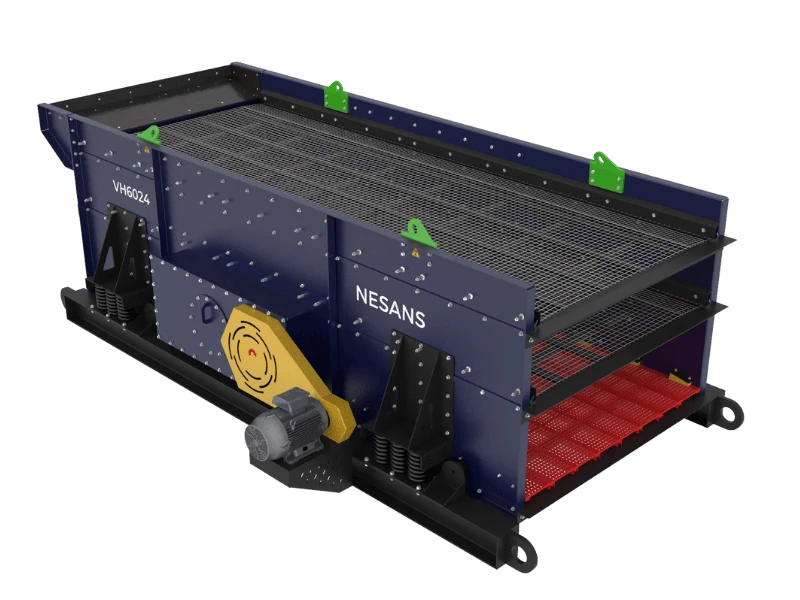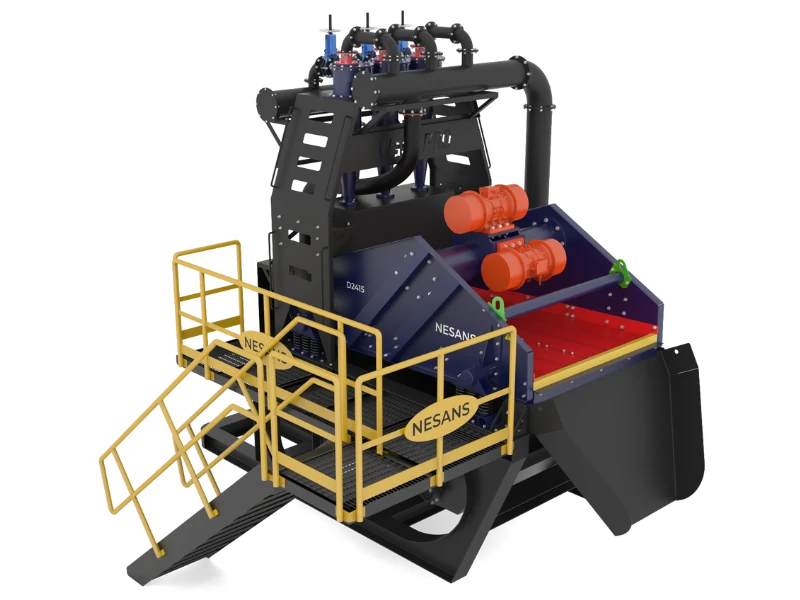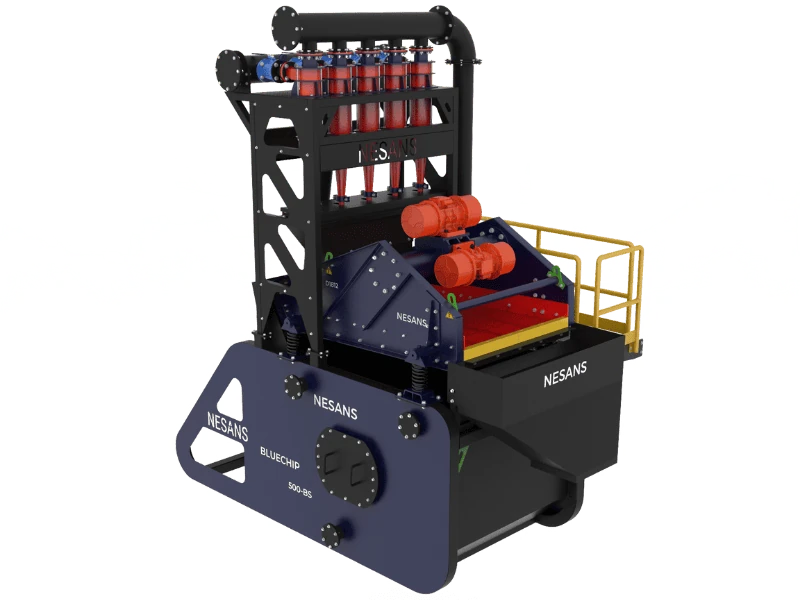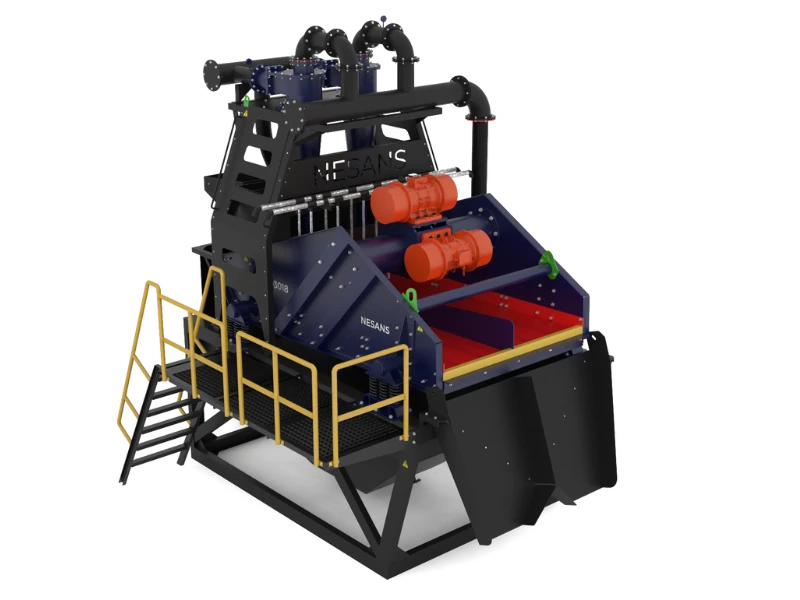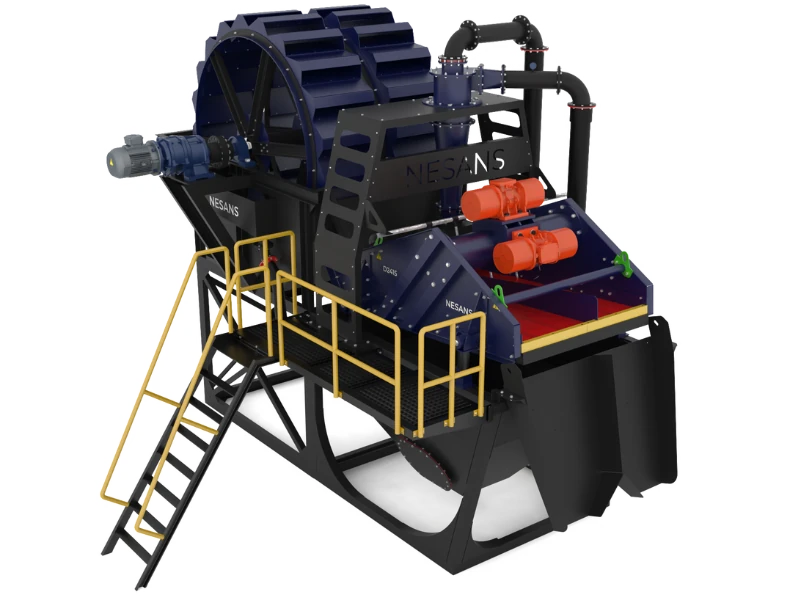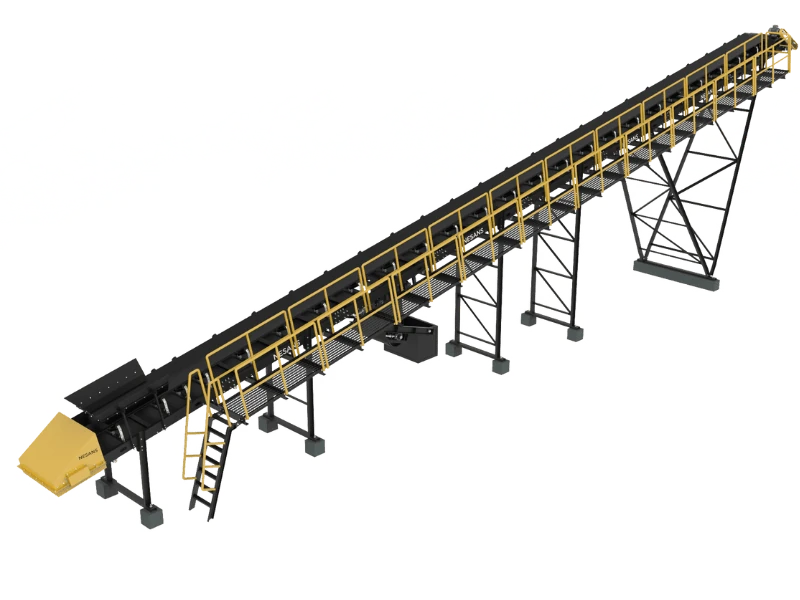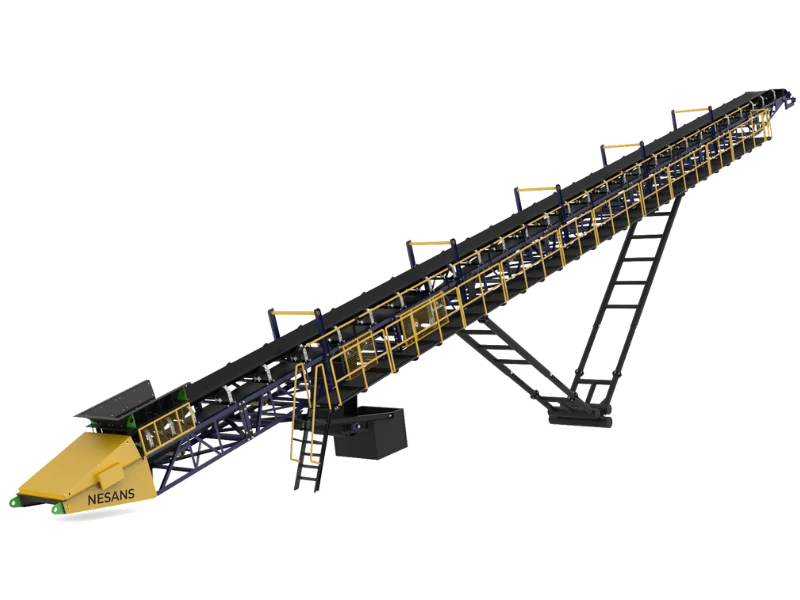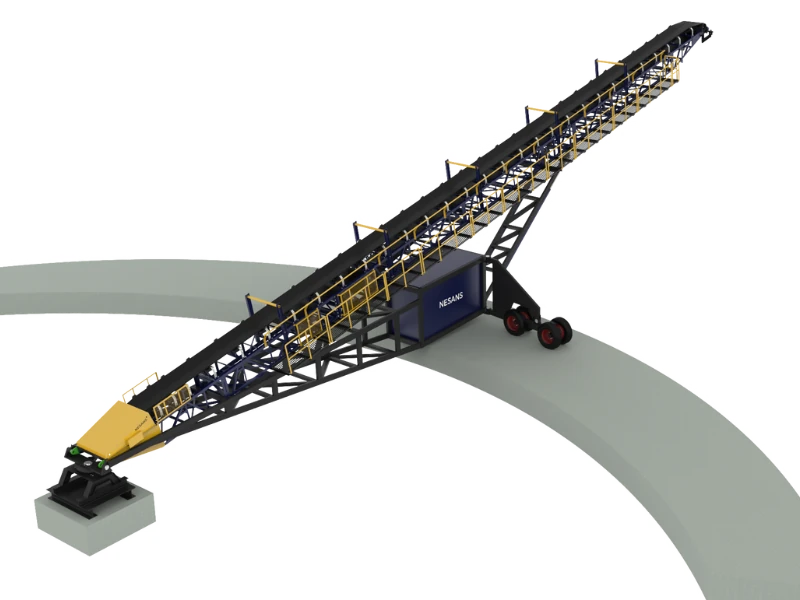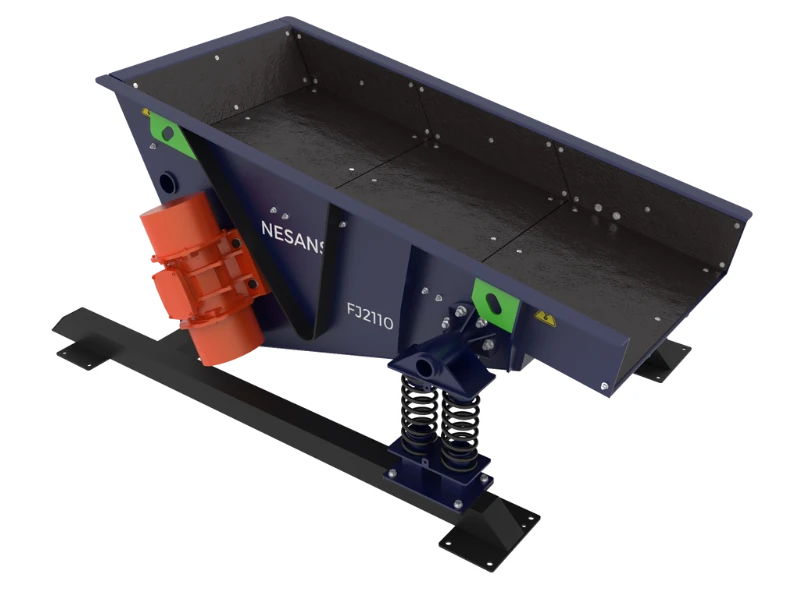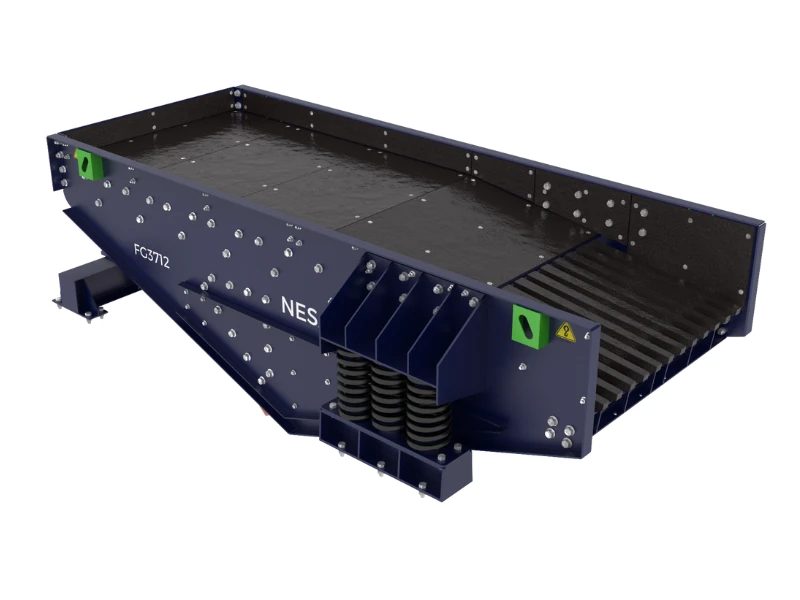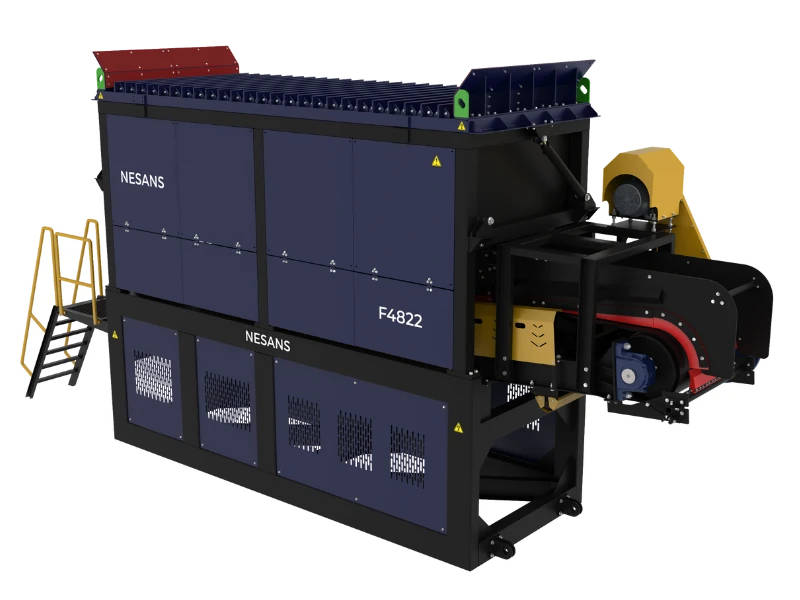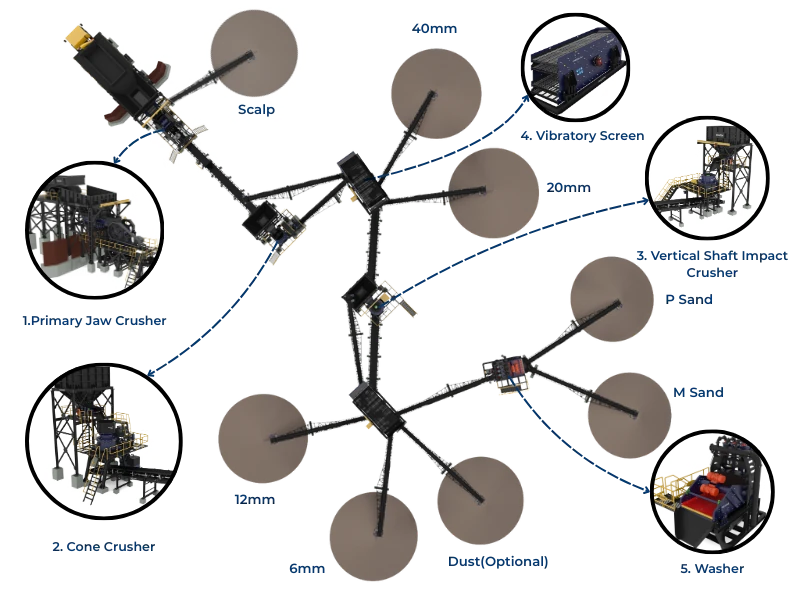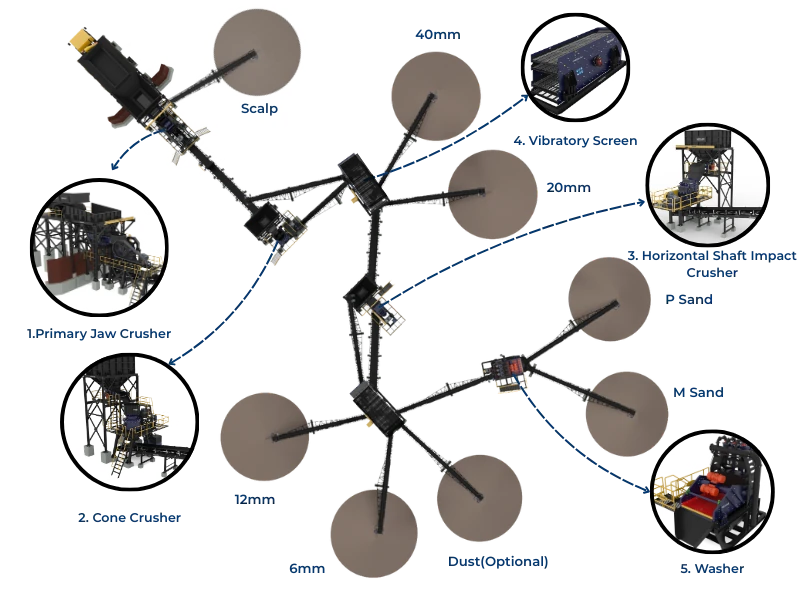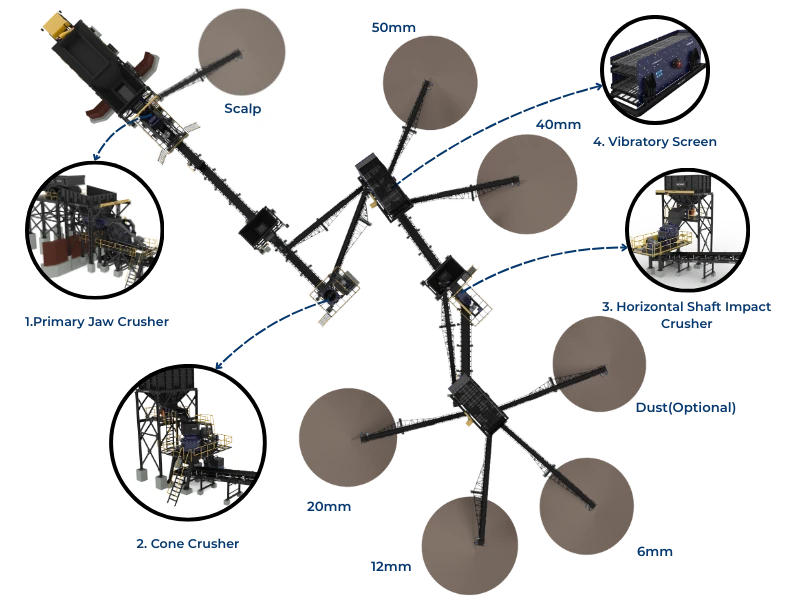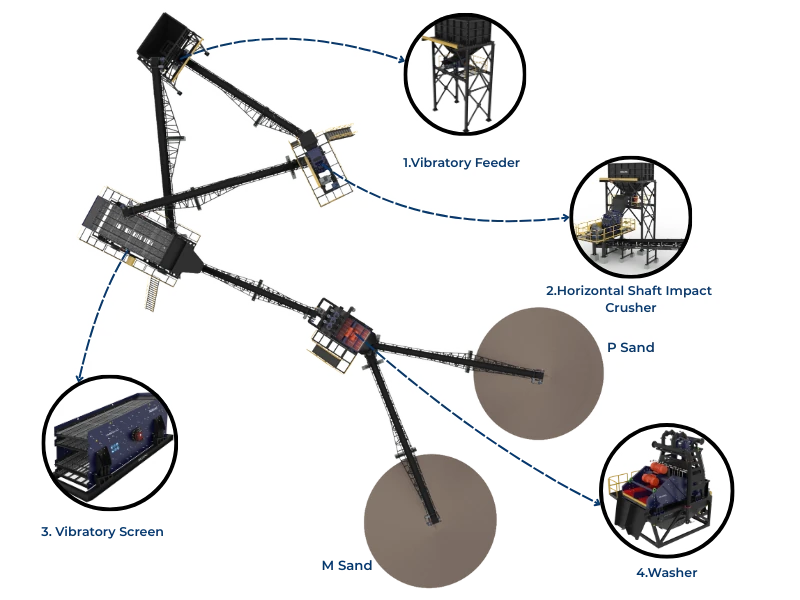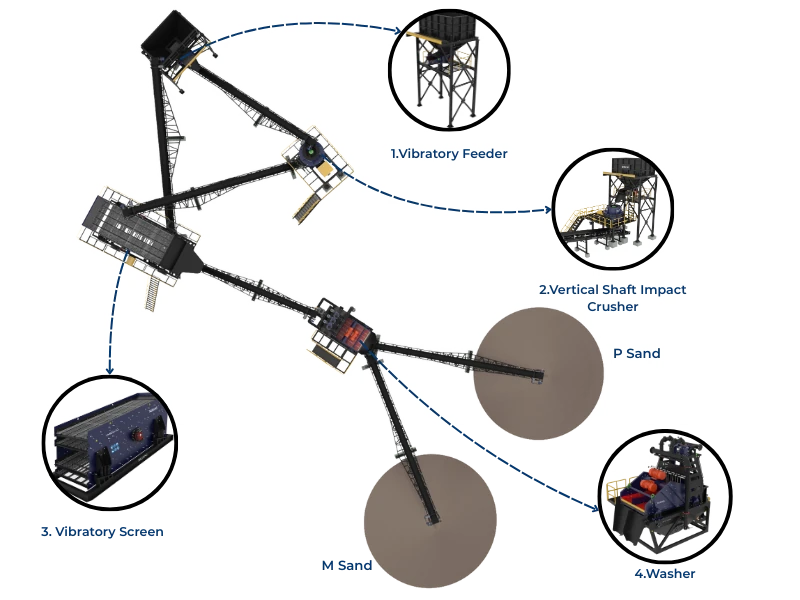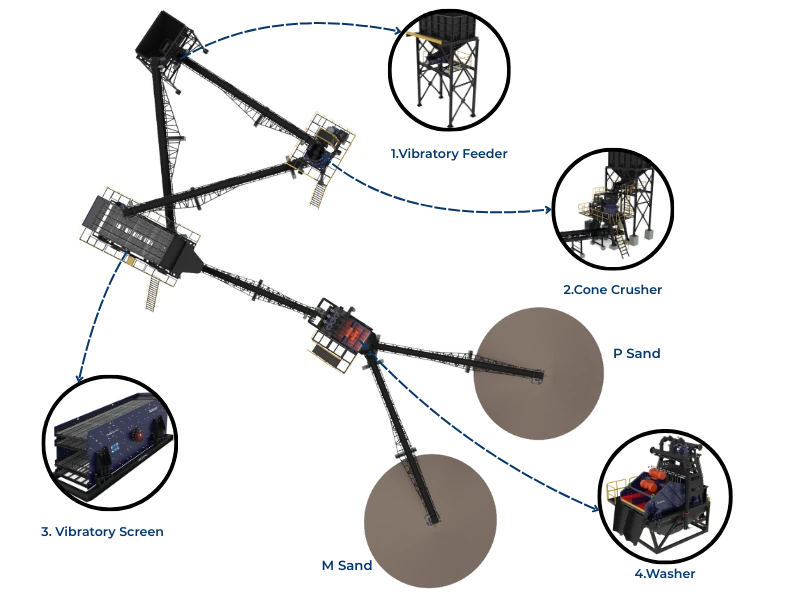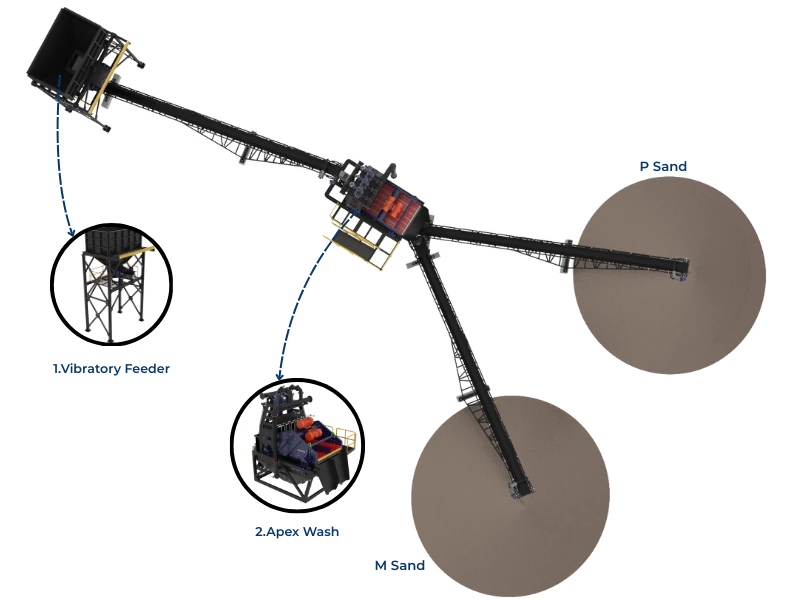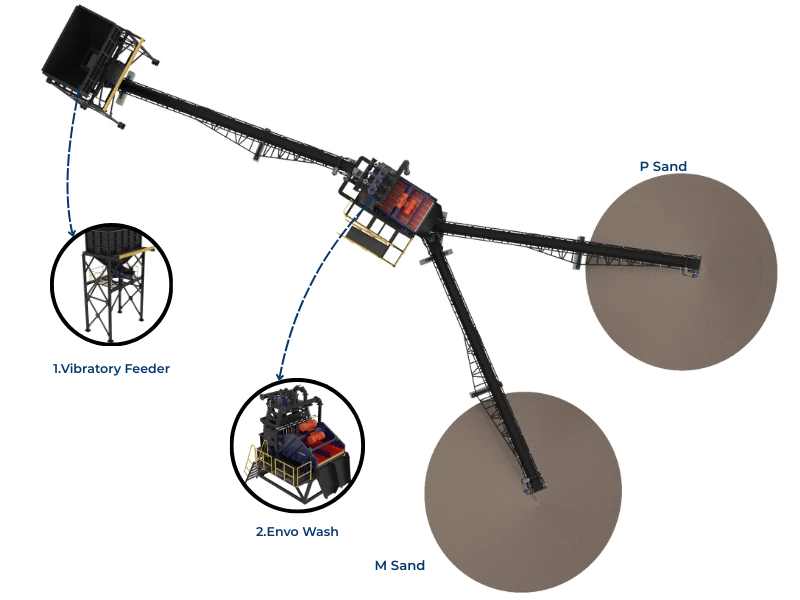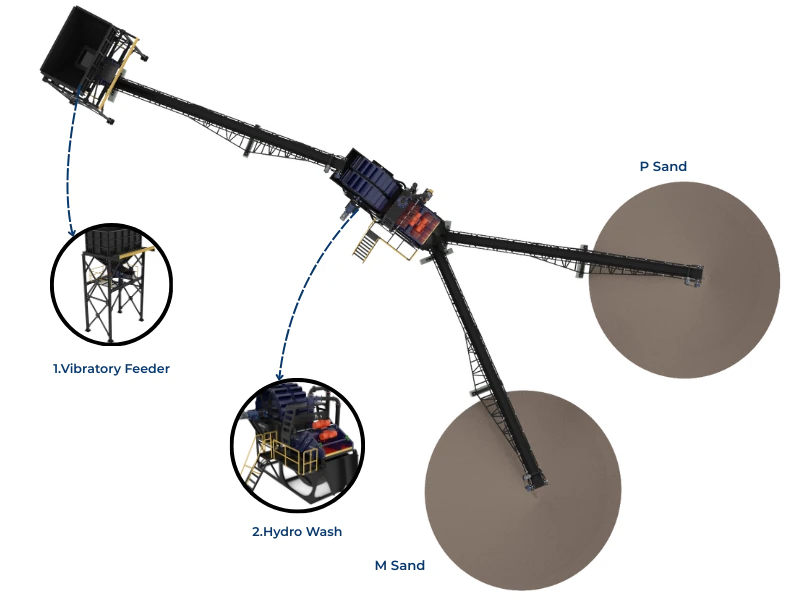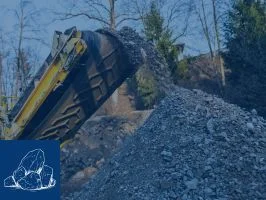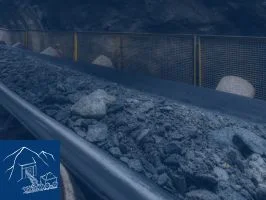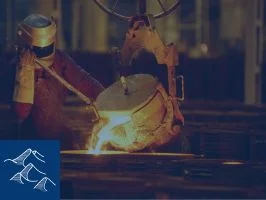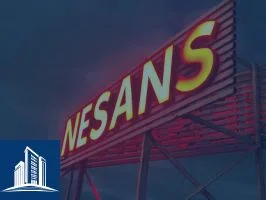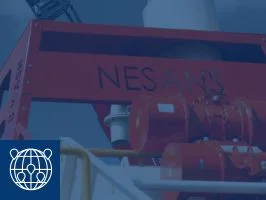Should you invest in a mobile or stationary crushing plant? This comprehensive analysis compares Total Cost of Ownership (TCO) over 10 years using real data from Indian quarries, helping you make an informed decision worth crores.
Executive Summary
| Factor | Mobile Plant | Stationary Plant |
|---|---|---|
| Capital Cost (200 TPH) | ₹3.5-5.0 Cr | ₹2.5-3.5 Cr |
| Installation Time | 2-5 days | 3-6 months |
| Operating Cost (₹/ton) | ₹45-60 | ₹35-50 |
| Fuel Consumption | 8-12 L/hour | 4-6 L/hour (diesel gen) or ₹5-8/hour (grid) |
| Mobility | High - relocate in days | None - permanent |
| Best For | Multiple sites, short leases, infrastructure projects | Large reserves, permanent sites, high volume |
Capital Cost Breakdown
Mobile Crushing Plant (200 TPH)
| Component | Cost (₹ Lakhs) |
|---|---|
| Mobile Jaw Crusher (primary) | 150-200 |
| Mobile Cone Crusher (secondary) | 120-160 |
| Mobile 3-Deck Screen | 80-120 |
| Diesel Generator (optional for full mobility) | 15-25 |
| TOTAL CAPITAL COST | ₹3.65-5.05 Cr |
Stationary Crushing Plant (200 TPH)
| Component | Cost (₹ Lakhs) |
|---|---|
| Jaw Crusher (900 x 600mm) | 50-70 |
| Cone Crusher (HP300 equivalent) | 60-85 |
| Vibrating Screen (3-deck, 6m x 2m) | 25-35 |
| Conveyors (4 units, ~80m total) | 30-45 |
| Steel Structure & Support | 40-60 |
| Electrical Panel & Cabling | 15-25 |
| Civil Works (foundation, platform) | 30-50 |
| TOTAL CAPITAL COST | ₹2.50-3.70 Cr |
Capital Cost Difference: Mobile plants cost 30-40% more upfront, but eliminate 3-6 months of civil work and installation.
Operating Cost Analysis (Per Hour)
Mobile Plant Operating Costs
| Expense Category | Cost per Hour (₹) | Cost per Ton (₹) |
|---|---|---|
| Diesel Fuel (10 L/hr @ ₹90/L) | 900 | 4.50 |
| Operator Labor (1 skilled) | 300 | 1.50 |
| Maintenance & Spares | 600 | 3.00 |
| Wear Parts (jaws, cones, screens) | 800 | 4.00 |
| Depreciation (10 years) | 1,600 | 8.00 |
| TOTAL OPERATING COST | ₹4,200/hr | ₹21.00/ton |
Stationary Plant Operating Costs
| Expense Category | Cost per Hour (₹) | Cost per Ton (₹) |
|---|---|---|
| Electricity (150 kW @ ₹7/kWh) | 1,050 | 5.25 |
| Operator Labor (1 skilled + 1 helper) | 400 | 2.00 |
| Maintenance & Spares | 400 | 2.00 |
| Wear Parts | 600 | 3.00 |
| Depreciation (10 years) | 1,200 | 6.00 |
| TOTAL OPERATING COST | ₹3,650/hr | ₹18.25/ton |
Operating Cost Advantage: Stationary plants save ₹2.75/ton (~13%) due to lower energy costs and simpler maintenance.
10-Year Total Cost of Ownership
Assumptions:
- 200 TPH capacity, 70% utilization = 140 TPH average
- 5,000 operating hours per year
- 700,000 tons processed annually
- 10-year equipment life
Mobile Plant TCO
| Cost Category | Amount (₹ Cr) |
|---|---|
| Initial Capital Investment | 4.50 |
| Operating Costs (10 years @ 5,000 hrs/yr) | 16.00 |
| Major Overhauls (2 @ ₹30 lakhs each) | 0.60 |
| Relocation Costs (5 moves @ ₹8 lakhs) | 0.40 |
| Less: Residual Value (15% of capital) | -0.68 |
| TOTAL 10-YEAR TCO | ₹20.82 Cr |
| TCO PER TON (7M tons) | ₹29.75/ton |
Stationary Plant TCO
| Cost Category | Amount (₹ Cr) |
|---|---|
| Initial Capital Investment | 3.10 |
| Operating Costs (10 years @ 5,000 hrs/yr) | 12.80 |
| Major Overhauls (2 @ ₹25 lakhs each) | 0.50 |
| Decommissioning / Dismantling | 0.20 |
| Less: Residual Value (10% of capital) | -0.31 |
| TOTAL 10-YEAR TCO | ₹16.29 Cr |
| TCO PER TON (7M tons) | ₹23.27/ton |
TCO Verdict: Stationary plants save ₹6.48/ton (22%) over 10 years for permanent sites with large reserves.
Breakeven Analysis: When Mobile Wins
Mobile plants become economically viable when:
Scenario 1: Multiple Small Sites
- Situation: Operating 3-5 sites with 1-2 year reserves each
- Analysis: Building stationary plants at each site would cost ₹2.5-3 Cr × 5 = ₹12.5-15 Cr
- Savings: One mobile plant (₹4.5 Cr) saves ₹8-10 Cr in capital
- Additional Benefit: Move to new opportunities without abandoning equipment
Scenario 2: Short-Term Leases
- Situation: Quarry lease expires in 3-5 years
- Risk: Stationary plant may not pay back before lease ends
- Analysis: Mobile plant relocates to new site; stationary plant loses value
- Decision: Mobile plant eliminates stranded asset risk
Scenario 3: Infrastructure Projects
- Situation: Highway, dam, or metro construction (2-4 year duration)
- Benefit: Mobile plant processes material on-site, then moves to next project
- Savings: Eliminates transportation of raw material to central plant
- Typical Savings: ₹50-100/ton in transport costs over 50-100 km
Performance and Productivity Comparison
| Performance Metric | Mobile Plant | Stationary Plant |
|---|---|---|
| Setup Time | 2-5 days | 90-180 days |
| Time to First Production | 1 week | 4-6 months |
| Production Efficiency | 85-90% | 90-95% |
| Flexibility (Product Changes) | High - adjust settings easily | Moderate - may need structural changes |
| Maintenance Downtime | 8-12% | 5-8% |
| Footprint | Compact - 30m × 50m typical | Large - 50m × 80m typical |
Real-World Case Studies from India
Case Study 1: Granite Quarry - Stationary Plant Winner
Location: Bangalore, Karnataka | Capacity: 250 TPH | Reserve: 50 lakh tons (20+ years)
- Investment: ₹4.2 Cr stationary plant with advanced automation
- Operating Cost: ₹16.50/ton (grid power, optimized layout)
- Result: Payback in 4.2 years; ₹8 Cr savings over 15 years vs mobile alternative
- Key Success Factor: Large reserve justified capital investment; automation reduced labor
Case Study 2: Multi-Site Contractor - Mobile Plant Winner
Location: Pan-India operations | Projects: 4-5 simultaneous highway projects
- Investment: Fleet of 3 mobile plants (₹12 Cr total)
- Strategy: Move plants every 12-18 months to new projects
- Result: Saved ₹15 Cr vs building 8 stationary plants; increased bid competitiveness
- Key Success Factor: Flexibility to follow project work; on-site crushing saved transport costs
Case Study 3: Hybrid Approach - Best of Both
Location: Rajasthan | Operation: Large limestone quarry + contract crushing
- Investment: 1 stationary plant (400 TPH) + 1 mobile plant (200 TPH)
- Strategy: Stationary for main quarry; mobile for customer site contracts
- Result: 40% revenue increase from contract work; optimal utilization of both assets
- Key Success Factor: Diversified revenue streams; maximum equipment utilization
Decision Framework
Use this decision tree to choose the right solution:
Choose STATIONARY if:
- Reserve life > 10 years with clear mine plan
- Processing > 1 million tons annually at single location
- Grid power available (cost advantage)
- Stable product mix and market demand
- Prioritizing lowest per-ton cost over flexibility
Choose MOBILE if:
- Multiple small sites or short-term leases (< 5 years)
- Infrastructure project contractor
- Need fast setup and early production
- Uncertain reserves or changing regulations
- Want to test market before major investment
Consider HYBRID if:
- Large main operation + contract crushing opportunities
- Multiple sites with varying durations
- Want stability of stationary + flexibility of mobile
- Can afford higher capital for maximum versatility
Financing and ROI Considerations
Typical Financing Terms in India
- Equipment Loan: 70-80% of capital, 7.5-9.5% interest, 5-7 year tenure
- Monthly EMI (₹4 Cr @ 8.5%, 6 years): ~₹7.2 lakhs
- Required Revenue: ₹10-12 lakhs/month to service debt comfortably
Payback Period Analysis
Assuming ₹100/ton revenue and operating costs as calculated:
- Mobile Plant: Payback in 5-6 years at 70% utilization
- Stationary Plant: Payback in 3.5-4.5 years at 70% utilization
- Sensitivity: Each 10% increase in utilization reduces payback by 6-9 months
Maintenance and Downtime Comparison
Mobile Plants
- Advantages: Modular design allows component replacement; less structural work during overhauls
- Challenges: Hydraulic systems require expertise; tracks/wheels need regular service; harder to access some components
- Typical Downtime: 8-12% including preventive and corrective maintenance
Stationary Plants
- Advantages: Easy access for maintenance; standardized procedures; local fabrication possible for many parts
- Challenges: Major repairs may require structural work; conveyor maintenance time-consuming
- Typical Downtime: 5-8% with good preventive maintenance program
Conclusion and Recommendations
There's no universal answer - the right choice depends on your specific situation:
- For permanent large-scale operations: Stationary plants offer 20-25% lower TCO
- For contractors and multi-site operators: Mobile plants provide flexibility worth the premium
- For growing businesses: Start mobile to test markets, then invest in stationary at proven sites
Key Takeaway
The ₹1-2 Cr capital difference is less important than choosing the right configuration for your business model. A mobile plant that enables profitable contract work may return far more than the savings from a cheaper stationary plant locked to one site.
Ready to discuss your specific situation? Contact Nesans for a free TCO analysis customized to your operation. Our team will analyze your reserves, locations, and business model to recommend the optimal solution - whether stationary, mobile, or hybrid.

